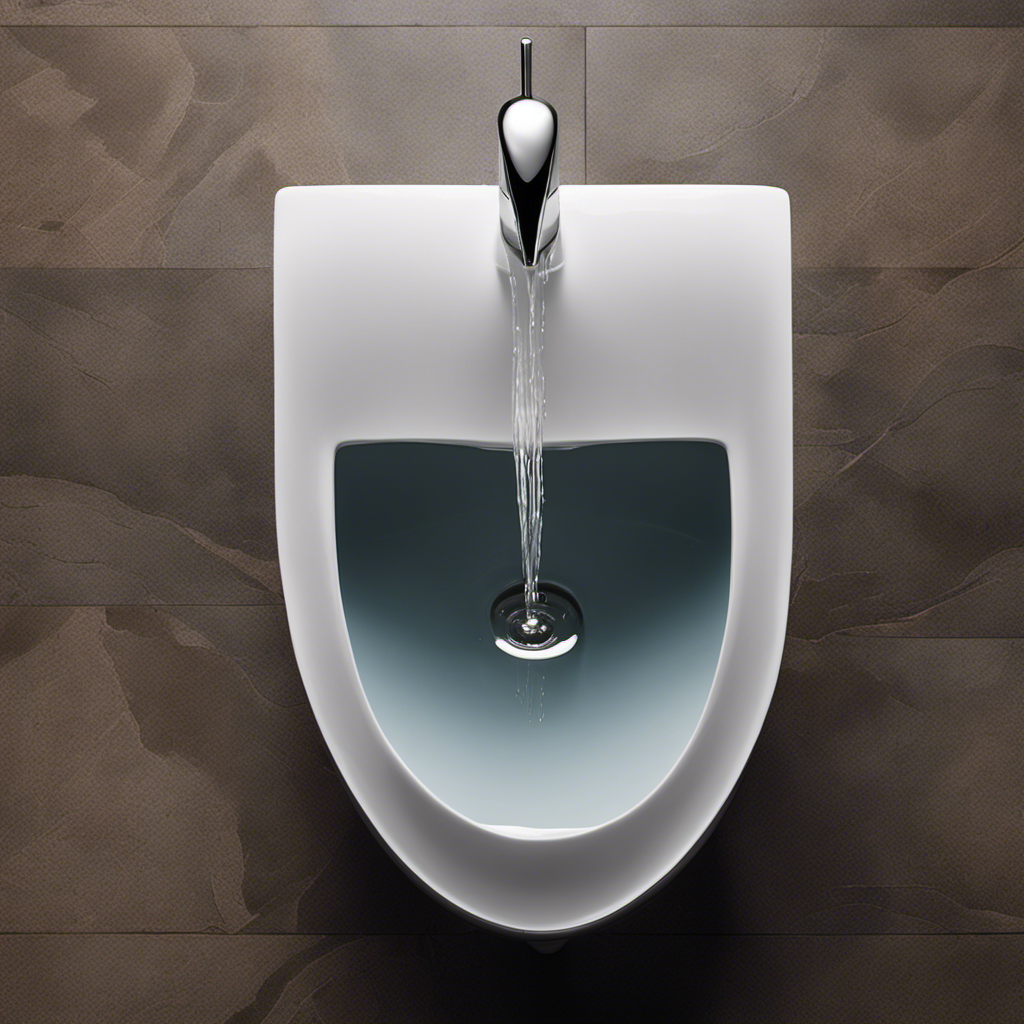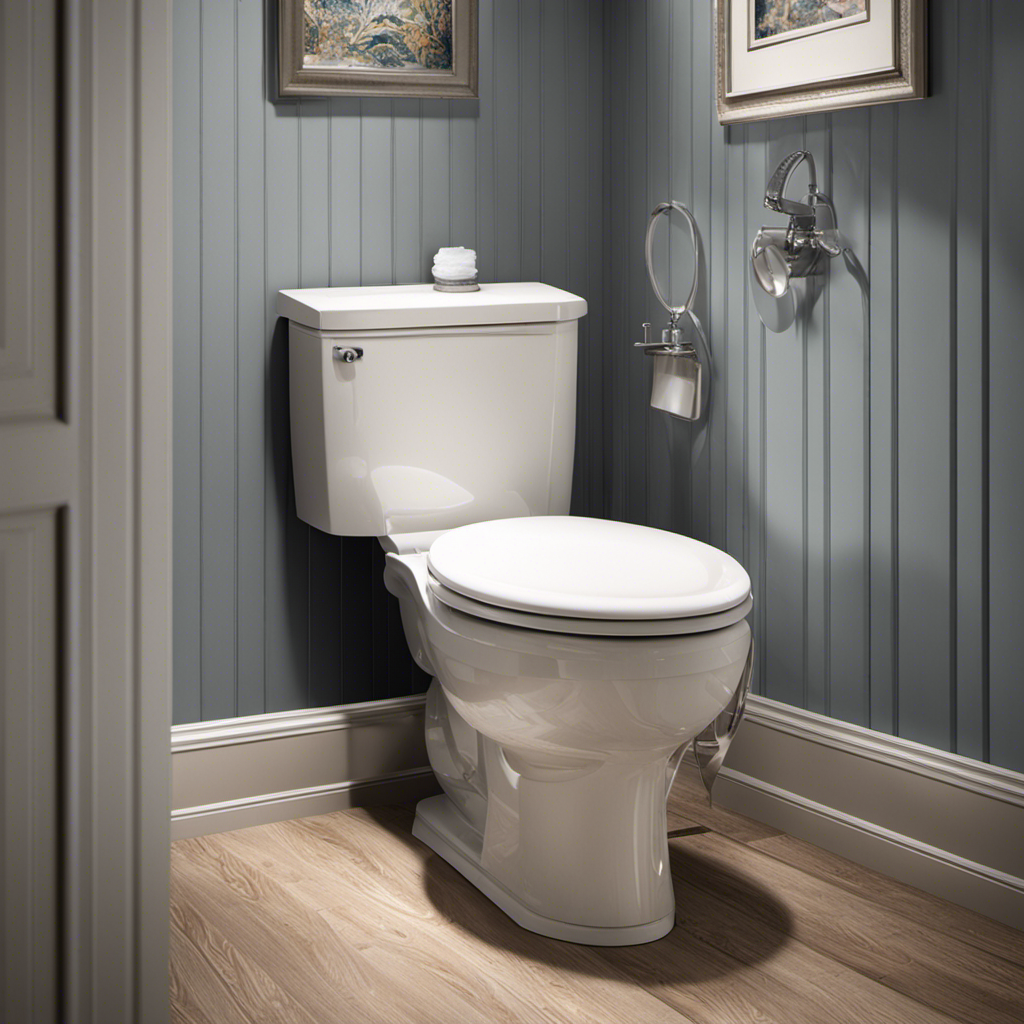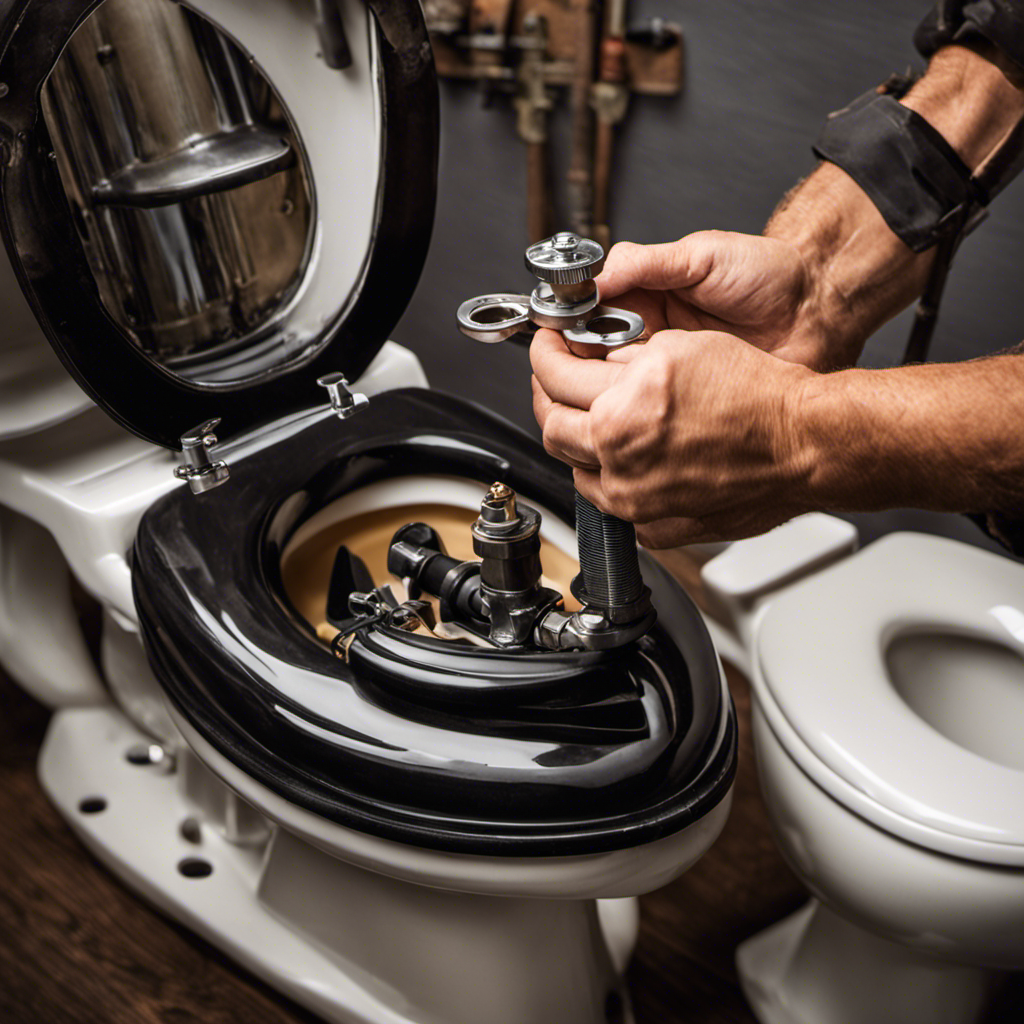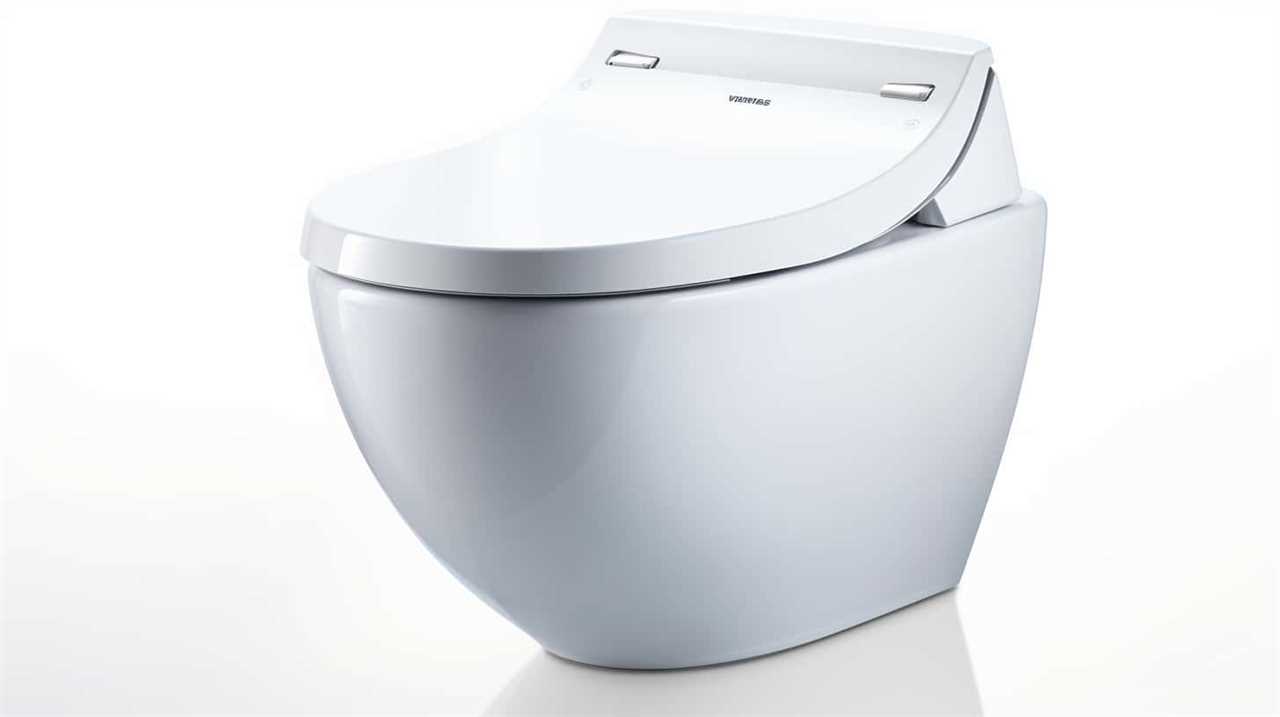I’ve been there – the moment you flush the toilet and notice water pooling around the base. It’s frustrating and can lead to costly damage if not addressed promptly.
In this article, we’ll explore the possible causes of toilet tank leakage when flushed, discuss signs and symptoms to look out for, and provide step-by-step guidance on diagnosing and fixing the issue. Whether you’re a DIY enthusiast or considering calling in a professional plumber, we’ve got you covered.
Plus, we’ll share some tips to prevent future toilet tank leaks.
Key Takeaways
- Promptly addressing a leaking toilet can prevent extensive repairs and the need for professional water damage restoration services.
- Water leaks from a toilet can cause mold growth, which can negatively impact indoor air quality and pose health risks.
- Hiring an expert for inspection can help you avoid unnecessary expenses and ensure proper resolution of the problem.
- Regularly inspect and clean the toilet tank to prevent leaks and ensure efficient water usage.
Possible Causes of Toilet Tank Leakage When Flushed
If your toilet tank is leaking when you flush it, there could be several possible causes for this issue.
One common cause is a faulty flapper valve. This valve is responsible for sealing the tank and preventing water from flowing into the bowl. If it is worn out or damaged, it may not create a proper seal, resulting in water leakage.
Another potential cause is a cracked tank. Over time, the tank may develop cracks due to age, pressure, or impact. In such cases, toilet tank repair may not be possible, and a replacement might be necessary.
Additionally, a loose fill valve or an improperly installed tank-to-bowl gasket can also lead to leaks.
It is important to address these issues promptly to prevent water damage and to ensure the proper functioning of your toilet.
Now, let’s explore the signs and symptoms of a leaking toilet tank.
Signs and Symptoms of a Leaking Toilet Tank
When you notice water pooling around the base of the toilet after you flush, it could be a sign of a leak in the tank. A leaking toilet tank can lead to water wastage and increased utility bills.
To determine if your toilet tank is leaking, you can conduct a simple dye test. Add a few drops of food coloring into the tank and wait for about 10 minutes. If the water in the toilet bowl changes color, it indicates a leak.
Toilet tank repair is necessary to prevent further water wastage and conserve water. Common causes of toilet tank leaks include worn-out flapper valves, faulty fill valves, or loose tank bolts.
Promptly addressing these issues can save both water and money in the long run.
Steps to Diagnose the Source of the Toilet Tank Leak
One way to determine the source of a toilet tank leak is by performing a dye test with food coloring. This simple test can help identify any cracks or leaks in the tank or its components.
To perform the dye test, follow these steps:
- Remove the toilet tank lid and flush the toilet to empty the tank.
- Add a few drops of food coloring to the tank water. Choose a bright color that will be easily visible.
- Wait for about 15 minutes without flushing the toilet.
- Inspect the toilet bowl. If you see the colored water in the bowl, it indicates a leak between the tank and the bowl, usually caused by a faulty flapper valve or flush valve.
Common DIY Solutions for Fixing a Leaking Toilet Tank
A common DIY solution for fixing a leak in the toilet tank is by replacing the faulty flapper or flush valve.
When a toilet is leaking from the tank, it’s important to first turn off the water supply to the toilet. Then, remove the lid of the tank and inspect the flapper. If it appears worn or damaged, it’s likely the cause of the leak.
To replace the flapper, simply disconnect it from the chain and attach a new one in its place.
If the flapper seems fine, the flush valve may be the culprit. This can be replaced by unscrewing it from the bottom of the tank and installing a new one.
These steps are commonly performed in toilet tank repair and can resolve common toilet issues.
When to Call a Professional Plumber for Toilet Tank Leaks
I’ve tried fixing a leaking toilet tank on my own before, but sometimes a DIY solution is just not enough.
When it comes to toilet tank leaks, there are risks of water damage that can extend beyond just a small puddle on the floor.
That’s why it’s necessary to call in an expert plumber for a thorough inspection and repair.
DIY Fix Not Enough
It seems like my attempt to fix the toilet leak wasn’t enough. Despite my best efforts, the problem persists, and water continues to leak from the tank whenever I flush. At this point, it is clear that a more comprehensive solution is needed. It may be time to consider toilet tank replacement or seek professional plumbing services.
Toilet tank replacement involves removing the old tank and installing a new one. This can be a complex task, requiring knowledge of plumbing systems and the correct tools. Hiring professional plumbing services is a wise choice in such situations. They have the expertise to properly diagnose the issue and provide a long-lasting solution.
In summary, when a DIY fix is not enough to stop the toilet tank leak, it is advisable to consider toilet tank replacement or consult professional plumbing services for a reliable and effective resolution.
| Pros of Toilet Tank Replacement | Cons of DIY Fix |
|---|---|
| Provides a permanent solution | May require specialized tools |
| Ensures proper installation | Can be time-consuming |
| Saves future repair costs | Risk of causing further damage |
Water Damage Risks
After realizing that my DIY fix was not enough to stop the toilet from leaking, I quickly learned about the water damage risks associated with a leaking toilet.
Water damage prevention is crucial in order to avoid costly repairs and potential health hazards. When left untreated, water leaks can seep into walls, floors, and ceilings, causing structural damage and promoting the growth of mold and mildew.
Prompt repairs are of utmost importance to prevent further damage and protect the integrity of your home. Addressing the issue as soon as possible can save you from extensive repairs and the need for professional water damage restoration services.
Don’t underestimate the importance of fixing a leaking toilet promptly to prevent water damage and its detrimental effects on your property.
Expert Inspection Necessary
If you suspect a leak, you should have an expert inspect your plumbing system to ensure there are no hidden issues. An expert can provide you with valuable advice and help you find cost-effective solutions to fix the problem. They have the knowledge and experience to identify the cause of the leak and determine the best course of action.
By hiring an expert, you can avoid unnecessary expenses and ensure that the problem is properly resolved.
Once you have had your plumbing system inspected, it is important to take steps to prevent future toilet tank leaks. Here are some tips to help you maintain a leak-free toilet and avoid further damage.
Tips for Preventing Future Toilet Tank Leaks
To prevent future toilet tank leaks, it’s crucial to practice proper tank maintenance, conduct regular inspections, and ensure regular cleaning.
Proper tank maintenance involves checking for any signs of leaks, such as water pooling around the base of the tank or a constantly running toilet.
Regular inspections should be carried out to identify any potential issues, such as worn-out flapper valves or loose connections.
Additionally, regular cleaning helps to remove any mineral deposits or debris that could lead to clogs or leaks in the tank.
Proper Tank Maintenance
You can prevent future leaks by regularly checking and maintaining the tank of your toilet. Proper tank maintenance is essential for ensuring that your toilet operates efficiently and doesn’t waste water.
Here are some tips to help you with tank repair and water conservation:
- Inspect the tank for any cracks or leaks regularly.
- Check the fill valve and flapper for any signs of wear or damage.
- Clean the tank and remove any mineral deposits or debris that may interfere with the functioning of the components.
By addressing any issues promptly and performing regular maintenance, you can avoid costly repairs and conserve water.
Taking care of your toilet tank not only prevents leaks but also helps protect the environment by reducing water waste. Remember, a little maintenance goes a long way in keeping your toilet in optimal condition.
Regular Inspection and Cleaning
Regularly inspecting and cleaning your toilet tank is crucial for preventing leaks and ensuring efficient water usage. As a homeowner, I know the importance of regular maintenance to avoid any potential issues.
To begin, check for any visible signs of leaks such as water pooling around the base of the toilet or a constantly running toilet. If you notice any leaks, it’s essential to troubleshoot and fix them promptly.
Next, inspect the inside of the tank for any buildup of sediment or mineral deposits. These can interfere with the flushing mechanism and lead to inefficient water usage. Use a toilet brush or a mild cleaner to remove any deposits.
Lastly, check the components inside the tank, such as the flapper and fill valve, and make any necessary adjustments or replacements to ensure proper functioning.
Conclusion
After learning about the potential causes, signs, and solutions for a leaking toilet tank, it’s clear that taking action is essential.
Don’t let your bathroom turn into a watery battlefield! With a little bit of investigation and some DIY know-how, you can conquer this leaky foe.
Remember, prevention is key in avoiding future tank leaks. So, keep an eye out for any warning signs and address them promptly.
And if all else fails, don’t hesitate to call in the professionals, because they’ll have your toilet tank back in top shape in no time.










